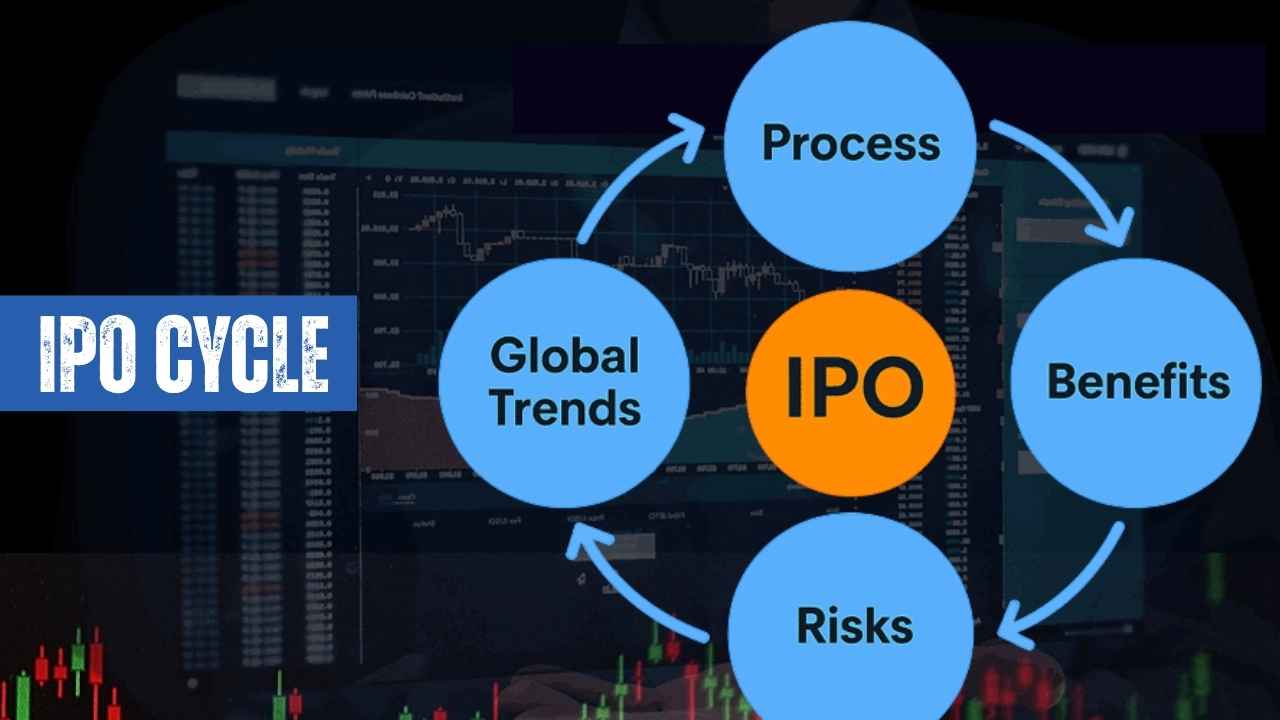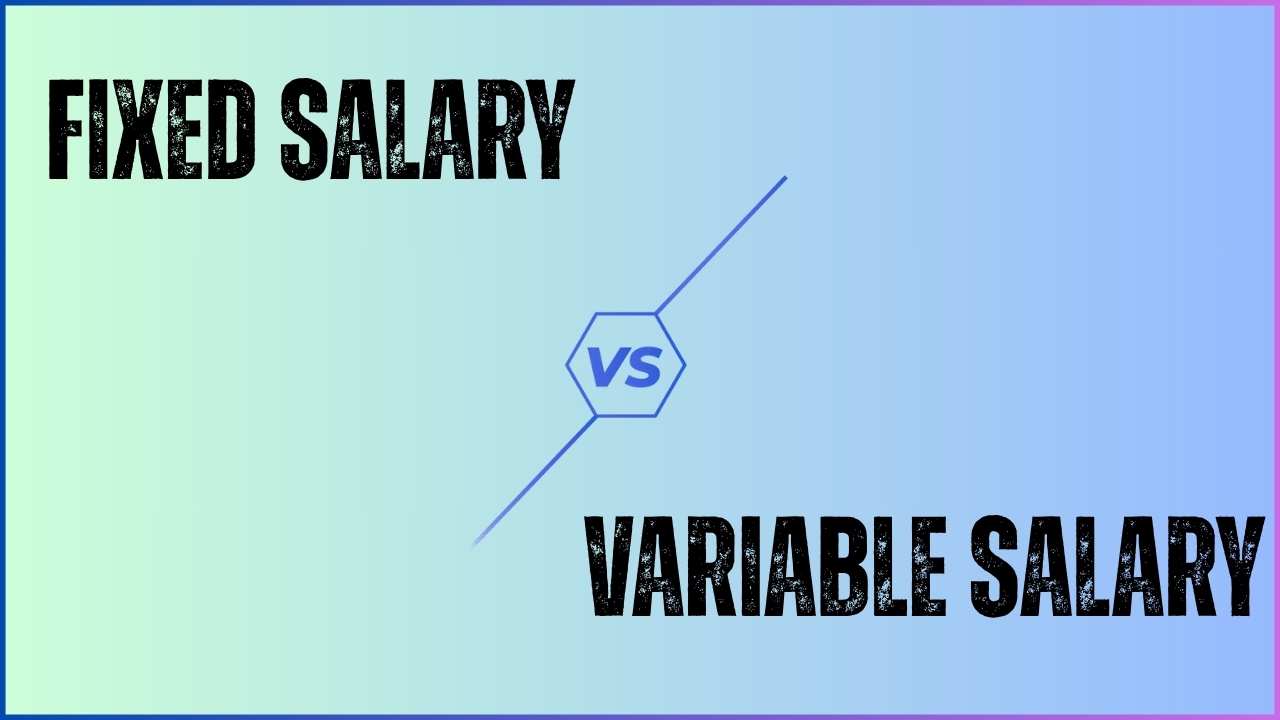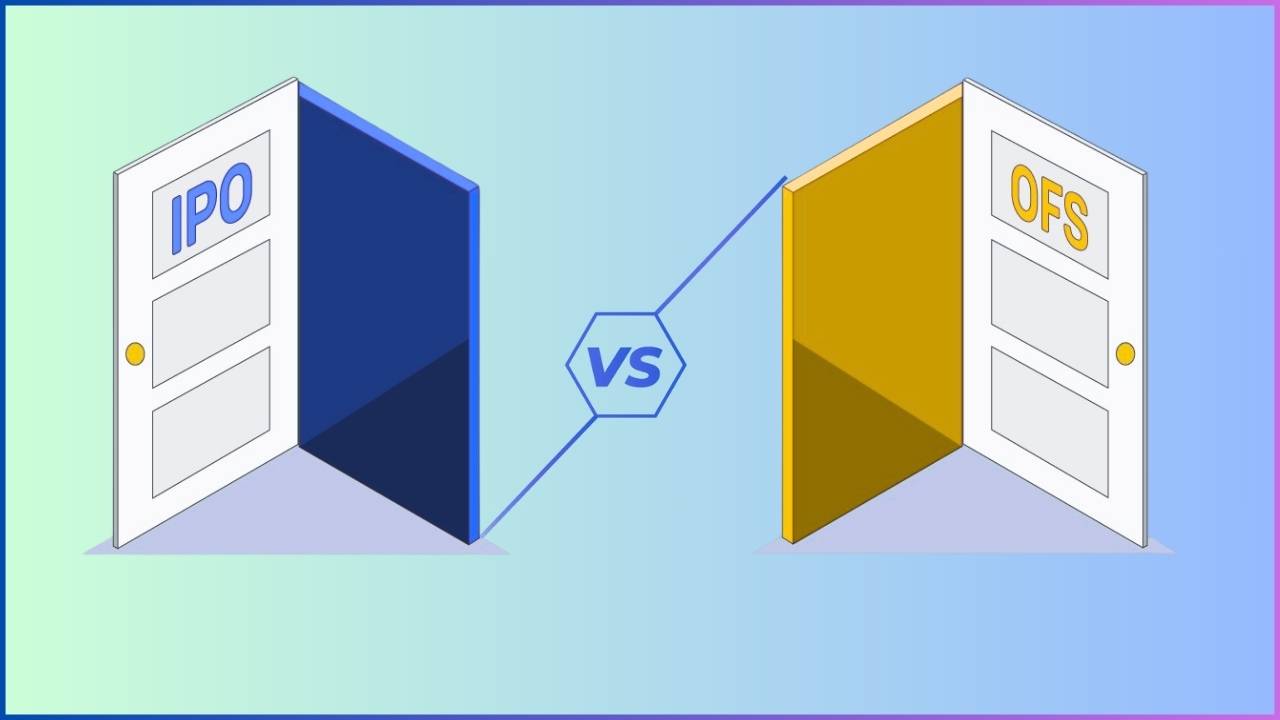When a private firm goes public to raise funds by issuing shares, it makes an Initial Public Offering (IPO). The process of bringing a company from private to public is called the IPO cycle. The cycle is strictly controlled to make the process transparent, equitable, and successful for the company as well as investors. We dissect each IPO cycle phase and discuss the advantages and dangers for the participants.
Defining the IPO Cycle
The IPO cycle is the term used for all phases a firm undertakes when shifting from private ownership to becoming listed on a stock market. From planning to listing—and even after—and anywhere in between, every move has to adhere to guidelines stipulated by regulators to guard investors and ensure market integrity.
A Detailed Look at the IPO Cycle
Pre‑IPO Stage
- Appointment of Key Intermediaries
- The company hires experts such as investment bankers, underwriters, registrars, market makers, and legal advisors.
- These intermediaries guide the company through planning, documentation, and regulatory compliance.
- Preparation & DRHP Filing
- The company and its advisors prepare a Draft Red Herring Prospectus (DRHP).
- The DRHP includes details on business operations, financial statements, management team, IPO objectives, and intended use of funds.
- This document is filed with SEBI (Securities and Exchange Board of India) and the chosen stock exchanges (NSE/BSE).
- Public Comment Period
- The DRHP is made public on SEBI and exchange websites for at least 21 days.
- During this time, investors, analysts, and other stakeholders can review and submit feedback.
- Marketing and Publicity
- Following DRHP filing, companies begin promotional activities under SEBI’s ICDR Regulations.
- Roadshows, investor meetings, and media campaigns help build awareness and interest.
- In‑Principle Approval from Stock Exchanges
- Stock exchanges review the DRHP and grant an “in-principle” nod for listing.
- Exchanges then inform SEBI, which may ask for clarifications.
- SEBI’s Observation Letter
- Within 30 days of receiving the DRHP (and all clarifications), SEBI issues an Observation Letter.
- This letter indicates SEBI’s approval and is valid for 12 months, during which the IPO must be completed.
- Updated DRHP (UDRHP) Filing
- The company files an Updated DRHP addressing any comments from SEBI.
- SEBI reviews again to confirm all points are covered.
- Filing of the Red Herring Prospectus (RHP)
- Once SEBI’s comments are addressed, the company submits the final Red Herring Prospectus (RHP) to the Registrar of Companies (RoC).
- The IPO price band is announced at least two days before the public offer opens.
Advantages of Participating in the IPO Cycle
- Early Investment Opportunity
Investors who receive an IPO allotment can buy shares at the issue price. If the stock lists at a higher price, these investors profit quickly.- Example: Bajaj Housing Finance’s IPO in September 2024 was issued at ₹70 and listed at ₹150—more than doubling investors’ money.
- Brand Recognition
Going public draws media attention and boosts customer trust. A listed company often gains a stronger market presence. - Exit Path for Early Investors
Founders, venture capitalists, and early backers can sell their shares through the Offer for Sale (OFS) component, realizing returns on their initial investment.
Challenges of Participating in the IPO Cycle
- Regulatory Hurdles
Companies must meet many SEBI requirements. Incomplete or unclear DRHP filings can lead to rejections, delays, and higher costs.
Even after listing, ongoing compliance is mandatory—failure can result in fines or delisting. - Market Uncertainty
Market mood and global events influence listing performance. Strong companies may still perform poorly if overall sentiment is bearish. - Lock‑in Period for Anchor Investors
Anchor investors get shares before the public and must hold them for a set period. After this, large sell‑offs can create stock price volatility. - Overhyped Valuations
Sometimes, IPOs are priced more on hype than fundamentals. Overvaluation can lead to poor post‑listing performance, potentially causing losses for early investors.
Conclusion
The IPO process is a sophisticated, though delineated, journey that enables private firms to tap into public capital. Investors who get involved in an IPO have the potential for exhilarating profits, fresh investment opportunities, and a ringside view of a company’s story of growth. But it has its risks: from regulatory hold-ups to market fluctuations and overvaluation traps. Getting familiar with every step of the IPO cycle allows investors and firms to approach the process with more confidence and make better-informed decisions.










